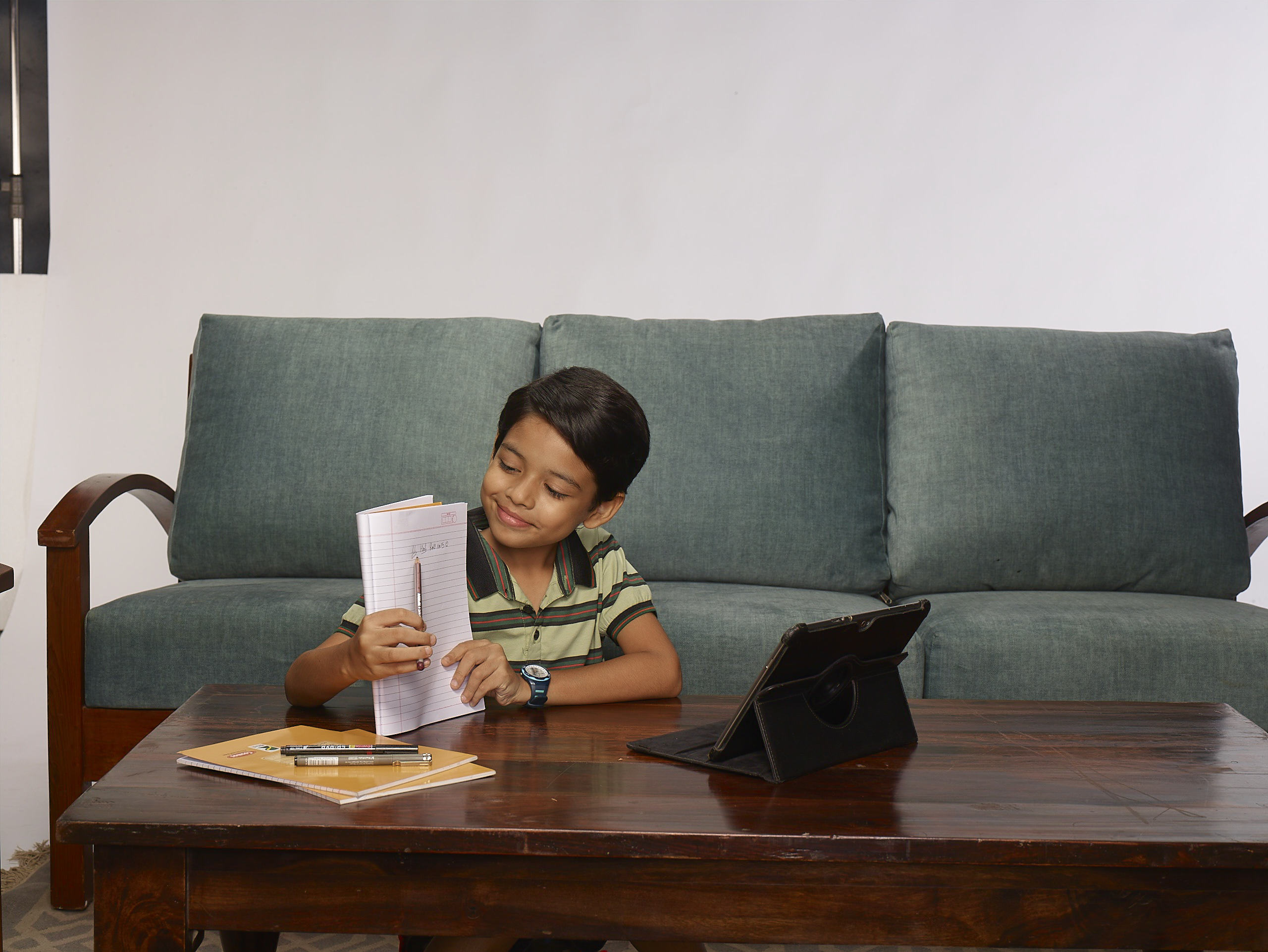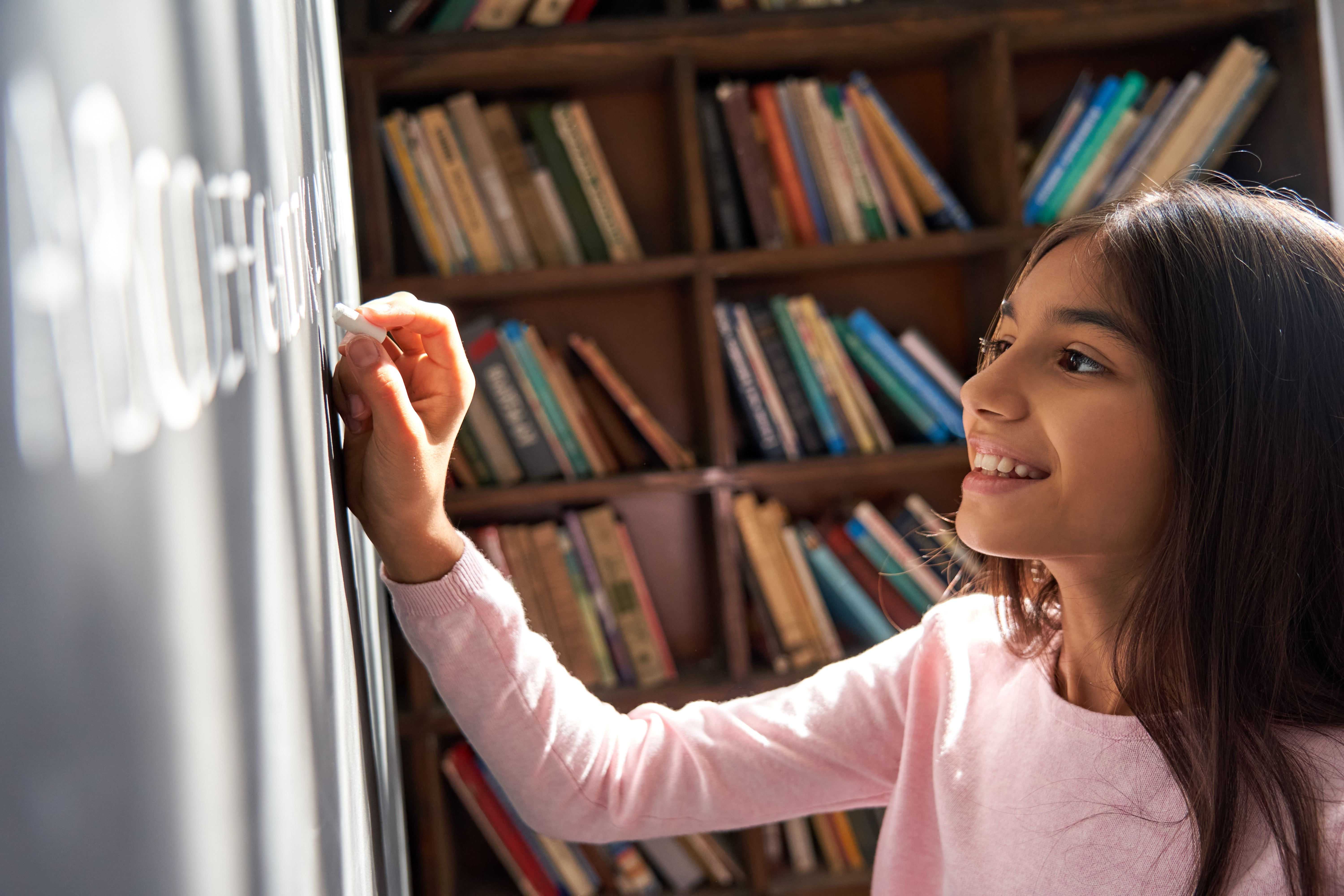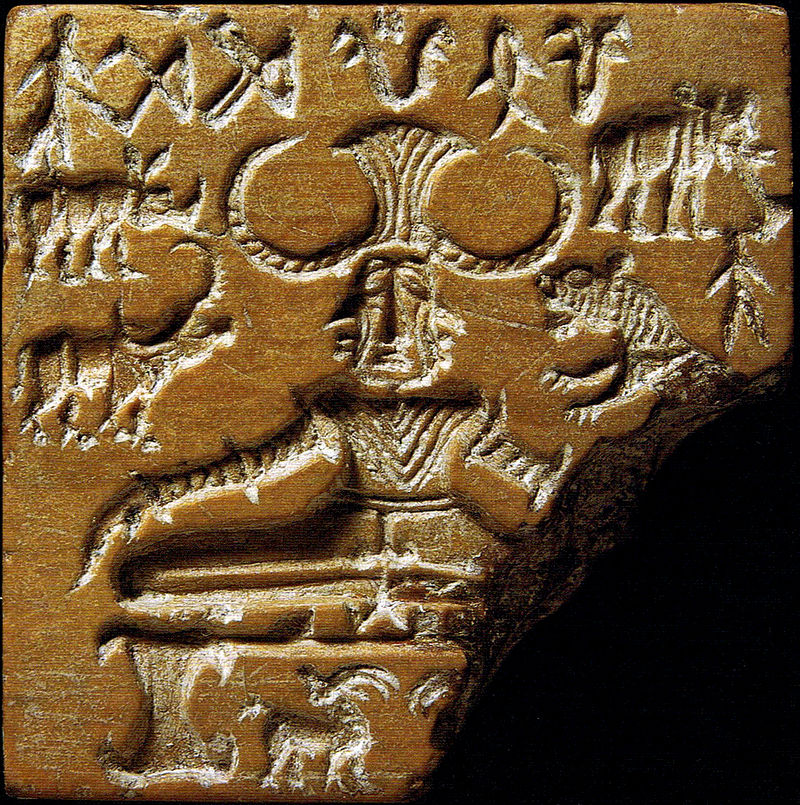4 tips to instill a love for art, history, and culture in your child
.png)
When we were young, studying history seemed so boring. With the fear of exams, we did manage to memorize all those long lists of emperors or the wars they fought, but it was all really limited to that. Yet, we still enjoy visiting those big palaces and watching historical movies. So why is it that we dislike studying art, history, and culture? It’s because we use textbooks as our primary source of information for these topics. Though textbooks can be considered a reliable source, they are limited in terms of their scope. They are designed to cater to the average student’s needs. It really depends on the students and their parents to take things beyond the basics. And why bother? Well, we live in a highly globalized world that is much more aware of diversity and culture than ever. A child who appreciates art, history, and culture will not only savour its beauty but also stand out as a valued asset to any organization they work for in the future.
In this blog, we are going to tell you 4 easy tips for you to make your child appreciate art, history, and culture:
1. Watch historical movies and documentaries:
History tends to be a sore subject and parents often struggle with keeping it fun and interesting for their kids. This is because the conventional form of learning emphasizes a lot on textbooks that have limited information and pictures. Thus kids find it difficult to grasp it fully. This gap can be filled by extra-curricular elements such as movies. They not only add audio and visual elements but also some drama to the story. Post watching a historical movie, have a casual chat with your child regarding it. Discuss a few key events and people in the movie. Try to connect the movies to the books they are using in the school. For older kids, you can also watch documentaries that give an unbiased account of historical events. Discuss the differences between textbooks and documentaries. This kind of involved learning will definitely make history a much-loved subject for your child.
2. Encourage your child to learn a foreign language:
Learning a new language opens a window to a new world altogether. A language represents the unique character of the society it comes from. Thus someone who knows more than one language knows about more than one kind of culture. Such a diverse perspective is important for your children to become more open to the world around them.
For example, we have very little knowledge about East Asia in general. A lot of times Asian culture is stereotyped in various ways. Our textbooks also tend to focus more on historical events such as wars that may bias the young minds of children. You can make your child more aware and open-minded by encouraging them to learn one of the languages of East Asia. Through the understanding of the language, they will also get to know more about things such as the bowing culture, unique events such as the tea ceremony, and others.
3. Get creative with your little ones:
Though history textbooks give enough knowledge and pictures about ancient art, children find it difficult to connect with it. Children learn better when they’re learning by doing.
For example, instead of just reading about tribal art, ask them to actually make an art piece. You need not use the traditional materials used by the tribals. You can use any paper and colours that are available and make some simple art pieces based on the Warli style as shown in the picture below. Help them build a story from it. You can even make it into a project by asking your child to make a small informational booklet based on it. More creative kids can also shoot a video demonstrating and explaining their artwork.
4. Visit museums:
(Image: By unknown Indus Valley Civilization sealmaker from Mohenjodaro archaeological site. Public Domain, https://commons.wikimedia.org/w/index.php?curid=9325528)
Do you remember everything you learned during the history classes in school? Most people remember the images but not the specific events, names, or dates. This is because visual learning allows better retention. At a time like this when we are all locked inside our houses, virtual museum tours can be a great way to absorb snippets of history, culture, and art. You can simply go to the websites of famous museums and search for their ‘virtual gallery’ or ‘virtual tours’.
For example, before studying the chapter on ancient Indian civilization, you can visit this site along with your kids. Discuss their observations about the pictures displayed in the museum’s gallery. Post an engaging session, they will find it easier to study the chapters from their textbooks.
Understanding art, history, and culture is a skill that has become increasingly important in today’s globalized world. Indeed, more and more people of diverse backgrounds are coming into contact with each other. Exposure to art, culture, and history in early childhood is good preparation for this. As adults, such individuals are always perceived as more knowledgeable and empathetic.
At LEAD, children are taught beyond the academic walls. With upskilled teachers and the latest technology, we ensure holistic development is endowed upon each child. Our initiatives like LEAD Summer Camp, LEAD Premier League, and LEAD MasterClass have strived to close the learning gap and make children ready for life.
LEAD is helping children become future-ready. To enrol your child in a LEAD Powered School: Fill the admission form now




.png)
.png)
.png)
